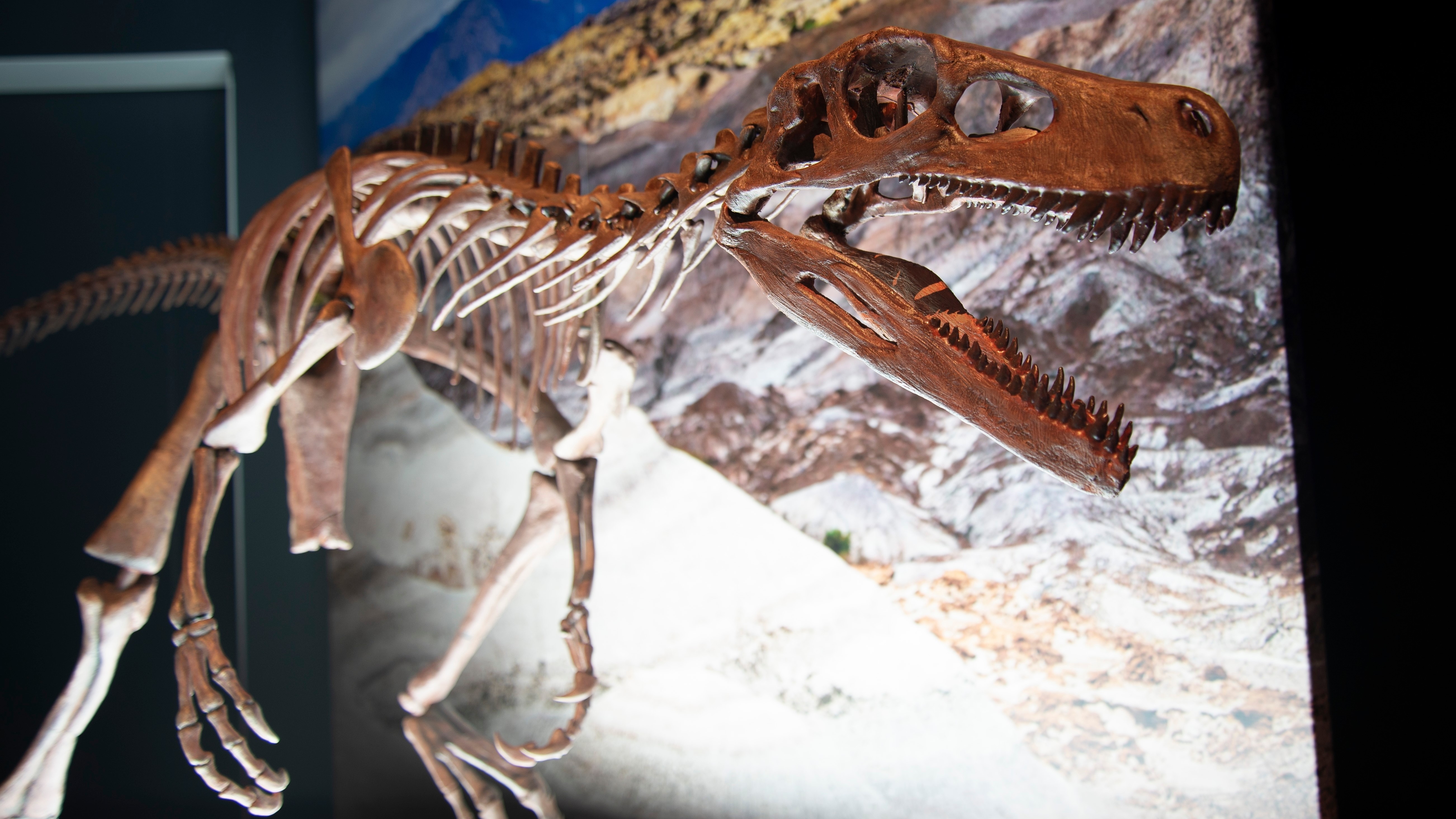
Heavy rains in southern Brazil have exposed the remains of one of the world's oldest dinosaurs, researchers say.
Paleontologists found the fossils next to a reservoir in the municipality of São João do Polêsine in May, The Associated Press reported on July 17. The team claims that the dinosaur, which has yet to be formally identified, is around 233 million years old and belonged to a family of Triassic predators called Herrerasauridae.
Scientists are still debating evidence from the earliest-known dinosaurs. The oldest undisputed dinosaur fossils are around 231 million years old and include bones from a few different groups, including Herrerasauridae. However, there are also older fossils from a disputed dinosaur called Nyasasaurus, which lived around 240 million years ago.
The skeleton of the newly discovered dinosaur is almost entirely preserved, according to Agência Brasil, a public news agency in Brazil. If the specimen is indeed a 233-million-year-old Herrerasaurid, then it will help researchers decipher the base of the dinosaur family tree.
"It's among the oldest in the world" and will likely play a role in "helping us understand the origin of the dinosaurs," Rodrigo Temp Müller, a paleontologist at the Federal University of Santa Maria in Brazil who led the excavation, told Agência Brasil.
Related: T. rex could have been 70% bigger than fossils suggest, new study shows
The fossils will help scientists better understand the first wave of predatory dinosaurs to occupy the top of the food chain, Müller said. The individual would have been around 8.2 feet (2.5 meters) long, but its species may have grown even larger.
"It's a carnivorous, bipedal animal, so it walked on its hind legs and probably had its hands free to handle prey," Müller said. "We can't say it had reached its maximum size. Although he was 2.5m long, some individuals in this group could reach five or six meters [16.5 to 19.5 feet]."
Müller and his colleagues uncovered the fossils after rains sped up natural erosion in the state of Rio Grande do Sul. This region experienced a record amount of rainfall earlier this year, which created floods that killed at least 182 people, The Associated Press reported.
The site where Müller and his colleagues work is part of the Quarta Colônia Geopark and is known for dinosaur fossils. The rains mean the researchers are now racing to recover exposed fossils before they are lost or destroyed, Agência Brasil reported.
"If there's a lot of rain, small materials are sometimes lost before we can get to them, so now we are rushing to rescue all the materials that have been uncovered," Müller said.







